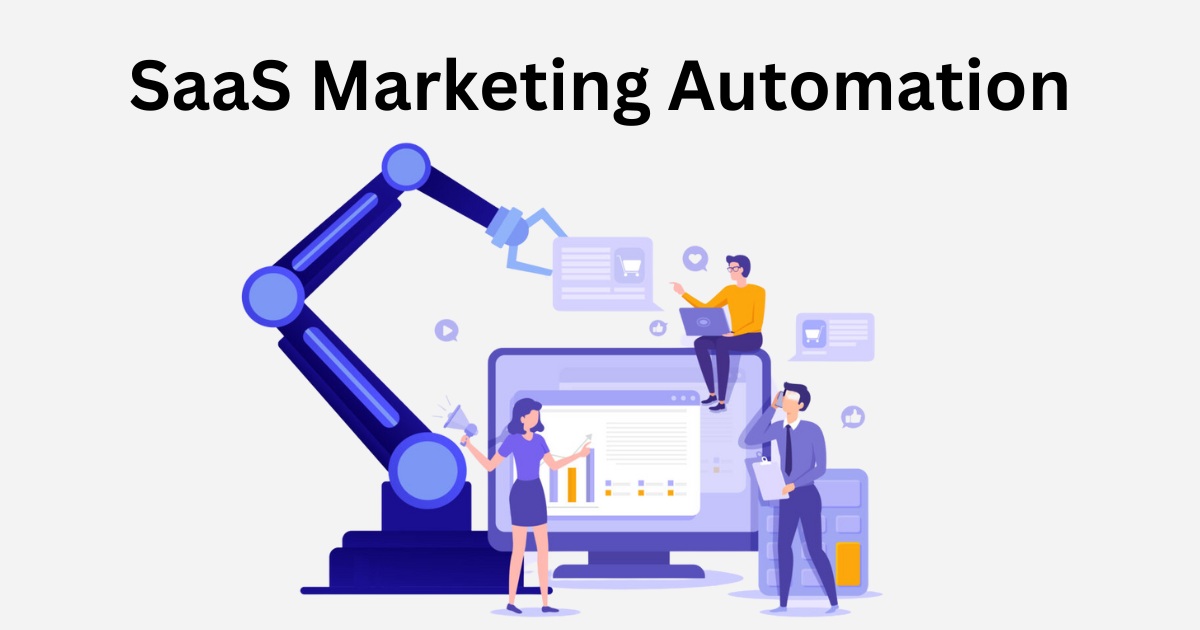
SaaS Marketing Automation: What is it, Benefits, Best Tools & Tips
As the SaaS industry continues to grow, marketing automation has become an essential tool for businesses looking to scale their

SaaS Marketing Automation: What is it, Benefits, Best Tools & Tips
As the SaaS industry continues to grow, marketing automation has become an essential tool for businesses looking to scale their
Top SaaS Conferences For Growth Hacking & Networking in 2024
As a SaaS company, staying up-to-date with the latest trends, strategies, and best practices in the industry is important for

SaaS PR Services: Meaning, Importance, Tactics & Tips For 2024
In today’s competitive SaaS business landscape, effective public relations (PR) is important for driving brand awareness, building credibility, and attracting

The Top 11 Must-Listen SaaS Podcasts for Founders & Marketers
As a SaaS founder or marketer, staying up-to-date with industry trends, growth strategies, and best practices is important for success.
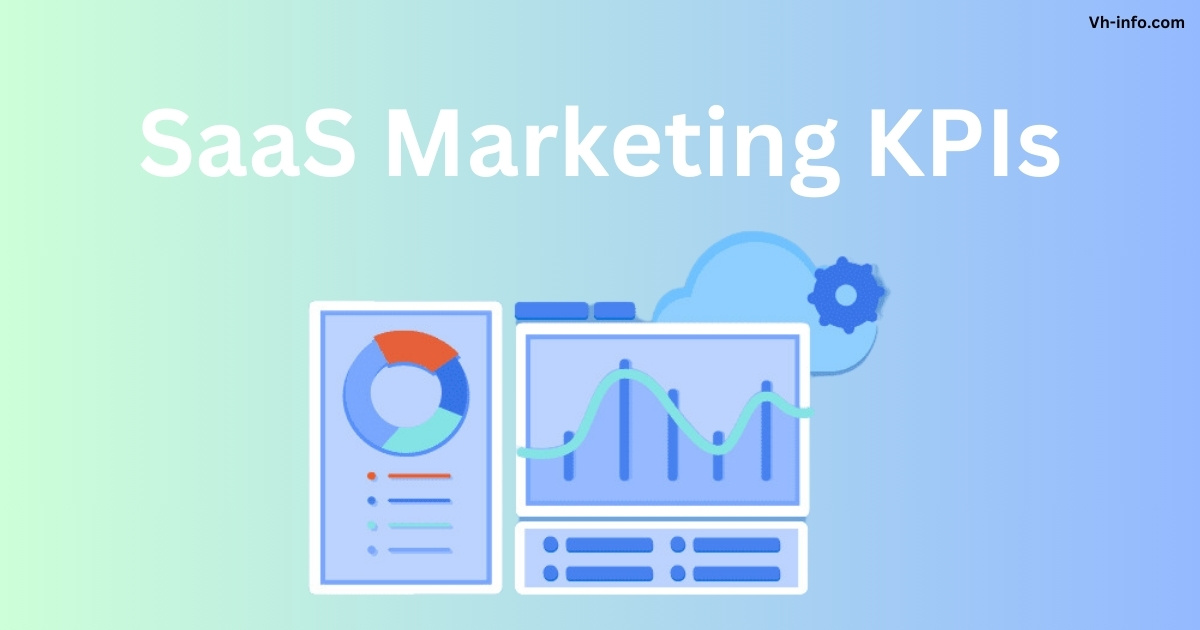
Saas Marketing KPIs: What is it, Importance & 12 Top KPIs to Track
As a SaaS company, tracking the right marketing KPIs is important for driving sustainable growth and optimizing your marketing efforts.

SaaS Marketing Plan: What is it, Importance & How to Create it
As a SaaS business, having a solid marketing plan is essential for driving sustainable growth and standing out in a
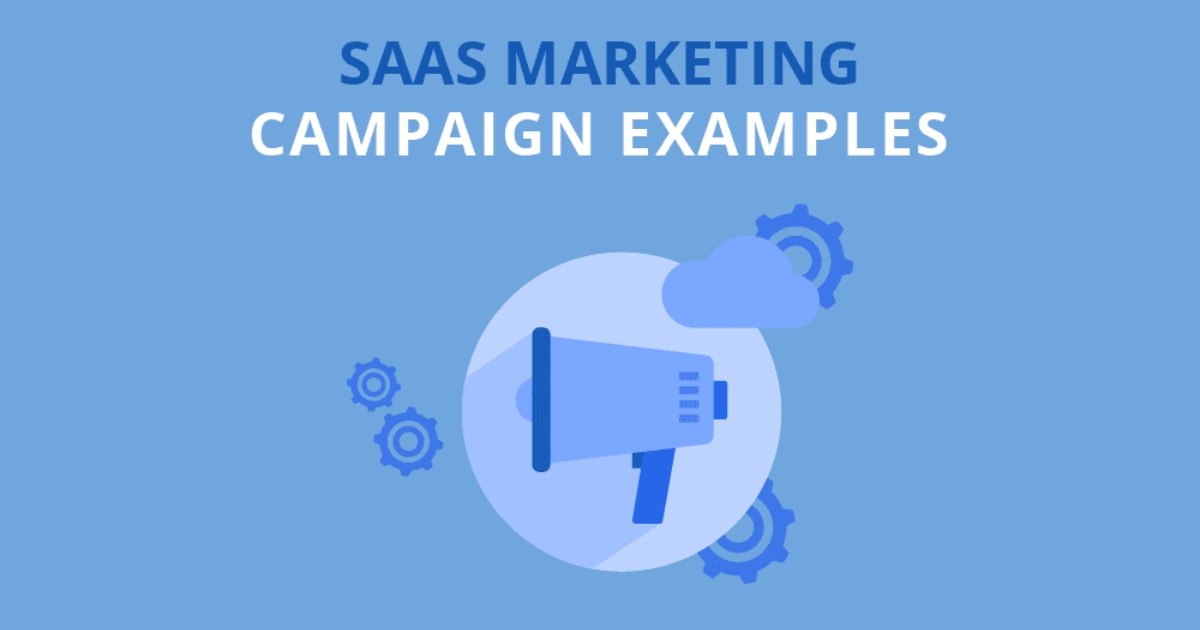
Best SaaS Marketing Campaign Examples to Inspire Your Strategy
In the competitive world of SaaS, creating effective digital marketing campaigns is important for driving growth and standing out from
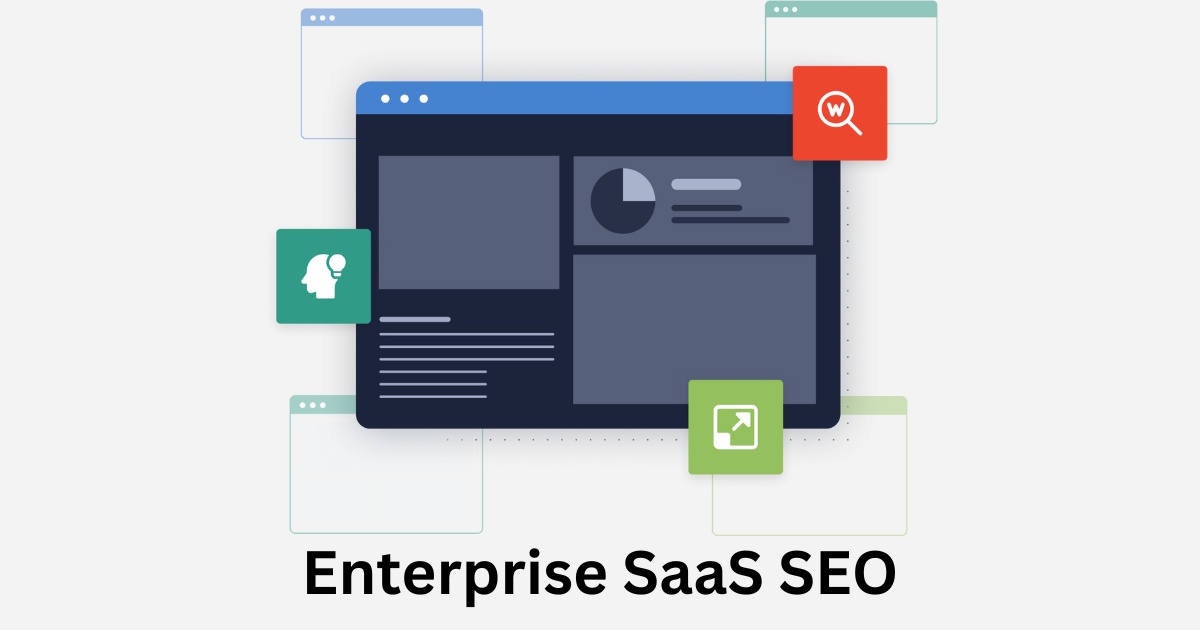
Enterprise SaaS SEO: What is it, Benefits & How to Do it?
In today’s competitive digital landscape, a robust enterprise SaaS SEO strategy is important for driving sustainable growth. As a leading
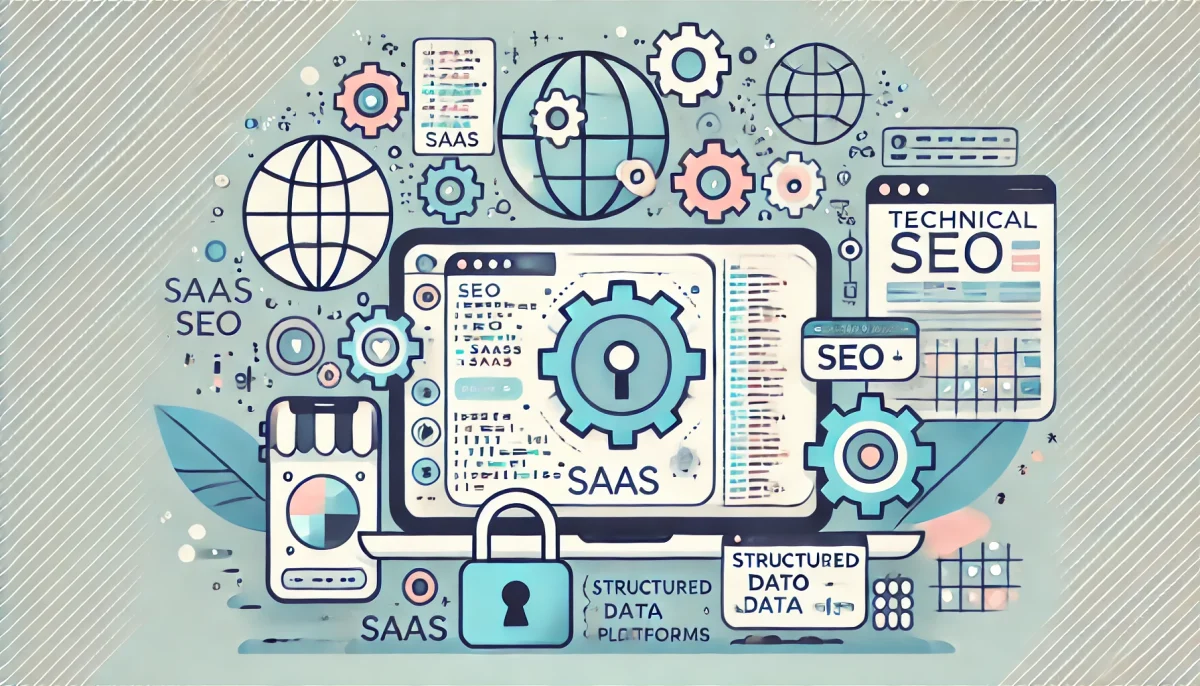
SaaS Technical SEO: What it is, Importance, Strategies & Tools
As a SaaS company, your website is the foundation of your online presence and an important factor in driving organic

How to Update Old Blog Posts For SEO & Revive Them?
Are your old blog posts gathering dust and not generating the organic traffic they once did? It’s time to breathe
WHAT WE
3rd floor, VHinfo, QRXG+CG9 Capital Market, Canal Rd, chokdi, Ravapar, Morbi, Gujarat 363641
VH-info © 2025 | All Rights Reserved